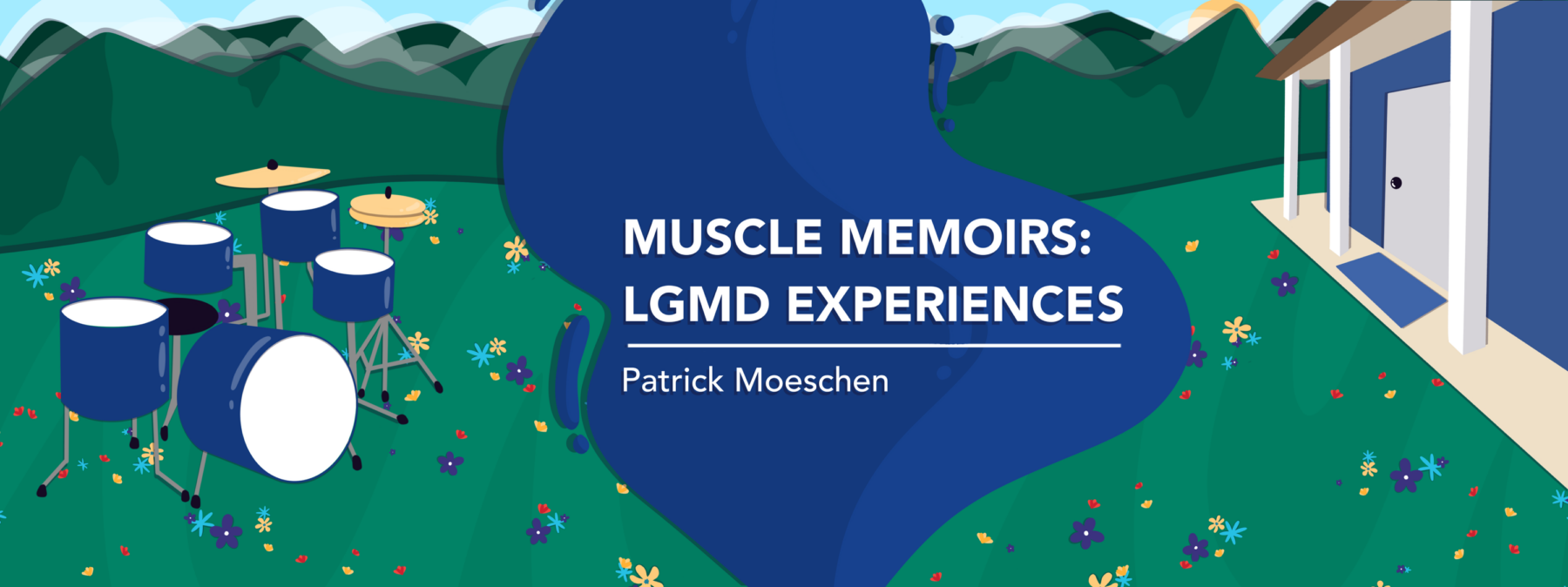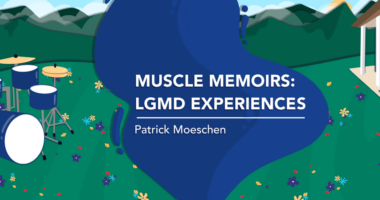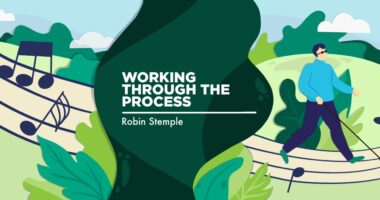Living with muscular dystrophy, from the perspective of 4 decades
What I did and didn't know at diagnosis, and what questions I still have today

A close friend of 30 years recently asked what my life was like before I was diagnosed with limb-girdle muscular dystrophy.
When I met this man, we were both in college, studying music and playing drums. It was 1991, and I’d been diagnosed with muscular dystrophy for only six years. (Originally, doctors said I had the Becker variety, but that’s another story.) I was still able to walk, climb stairs, carry things, and complete all daily living tasks by myself. I hadn’t yet accepted that muscular dystrophy is the gift that keeps on taking, and at six years in, I thought I was comfortable with the shifting landscape of this condition.
We then talked about what I’d already known when I was diagnosed in 1985, as well as what I still wonder about now, having lived with limb-girdle for close to 40 years.
I’d like to share with you what I wish I knew when I was 13, as well as what I’d already figured out in my adolescent brain and what questions I still have today. These are all personal thoughts and shouldn’t be taken as medical advice, but the thoughts may help ease the burden to those of you who are in the early months and years of the disease.
Buckle up! It’s a roller coaster ride, but life is always full of fun adventures if you take the time to look through different lenses.
What I wish I’d known at diagnosis
This process is going to be difficult. Remember that while scientists may make progress in a mouse model with muscular dystrophy, those results often don’t translate well to humans. And no two people living with muscular dystrophy progress at the same rate, so comparisons may be of limited use. In fact, don’t compare how you’re doing with the overall patient population; keep focused on yourself.
Take opportunities when they present themselves, because sometime later, you won’t be able to do what you can do today. However, you’ll learn to live with limb-girdle and will have feats to accomplish while you’re on the planet. Go and do them.
Share openly and often about what living with this disease is like; people want to know. As you get older, some of them will see you as a hero while others will think of you as a person with an awful life. Neither is true. Still, you’ll inspire others without trying. Embrace it, nourish it, and take pride in it.
Nevertheless, discrimination in the world, workplace, and public space is real. You’re a disabled adult, and you need to realize that you’ll sometimes be marginalized, judged, and targeted for exclusion. What matters is how you react and respond. With age and time, you’ll gain wisdom and appreciate that while you may move at a slower pace than others, you’ll still get to your destination.
What I did know at diagnosis
This process is going to be difficult. It’s not going away, and you won’t have a “traditional life.” People will treat you differently. You’ll need to deal with a loss of functionality, over and over again.
Yet if you take things a day at a time, you’ll do so many amazing things on the planet, despite peaks and valleys. You have talent, passion, and drive, as well as a great support system. Muscular dystrophy cannot stop you; only you can stop you.
What I want to know today
So many questions! How weak is my body going to become? What’ll happen if (or when) I’m unable to do what I can do today? How will I keep a balance in caring for my physical, spiritual, and mental health?
Steps are being taken toward gene therapy for Duchenne muscular dystrophy. Will there be a genetic treatment for limb-girdle in my lifetime?
And finally: What are others really thinking when they’re speaking with me?
The above paragraphs represent reflection, wisdom, and knowledge that I’ve gathered while living the limb-girdle life over the course of four decades. Who knows what the next decades will bring?
Note: Muscular Dystrophy News Today is strictly a news and information website about the disease. It does not provide medical advice, diagnosis, or treatment. This content is not intended to be a substitute for professional medical advice, diagnosis, or treatment. Always seek the advice of your physician or another qualified health provider with any questions you may have regarding a medical condition. Never disregard professional medical advice or delay in seeking it because of something you have read on this website. The opinions expressed in this column are not those of Muscular Dystrophy News Today or its parent company, Bionews, and are intended to spark discussion about issues pertaining to muscular dystrophy.








Shawn Granstrom
The disease is a constant hill climb. Another analogy I use is like rolling a rock up hill with no end in sight. Congrats to you with a positive attitude and moving forward.
I've had FSHD Type I for 50 years. Born with the mutation DUX4 Gene. Very athletic until 1977 and maturity took all that away. Like over night. Not officially diagnosed until around 2004. Now, at 62 years old I am in a fight to stay mobile. My wife is a huge support system now going on 21 years. Raising 3 grandchildren ages 3, 5 and 7 keeps us moving and staying engaged in their lives.
Neil Brandom
Nice article Pat. You have done amazing things on this planet and I’m thankful for that!